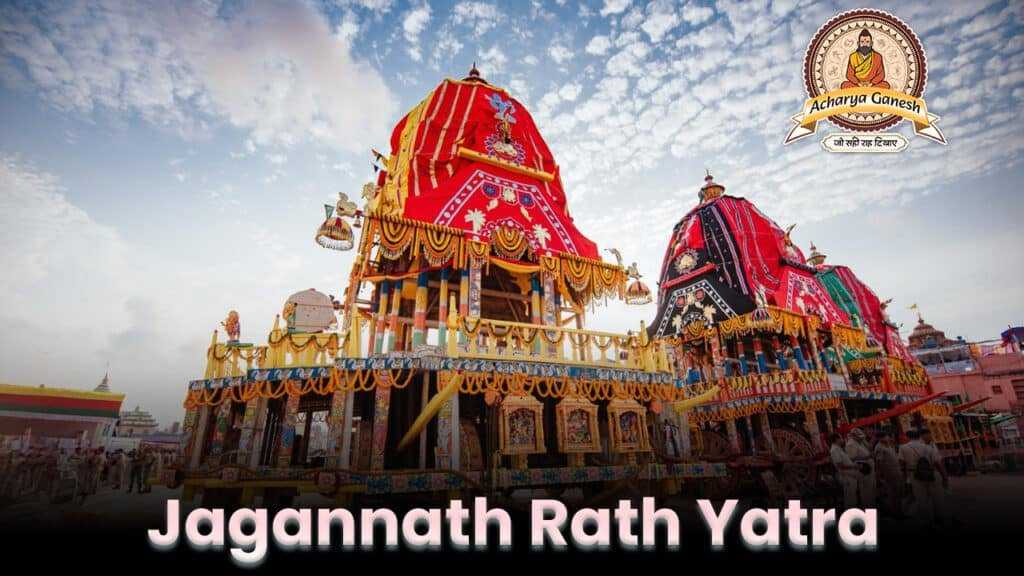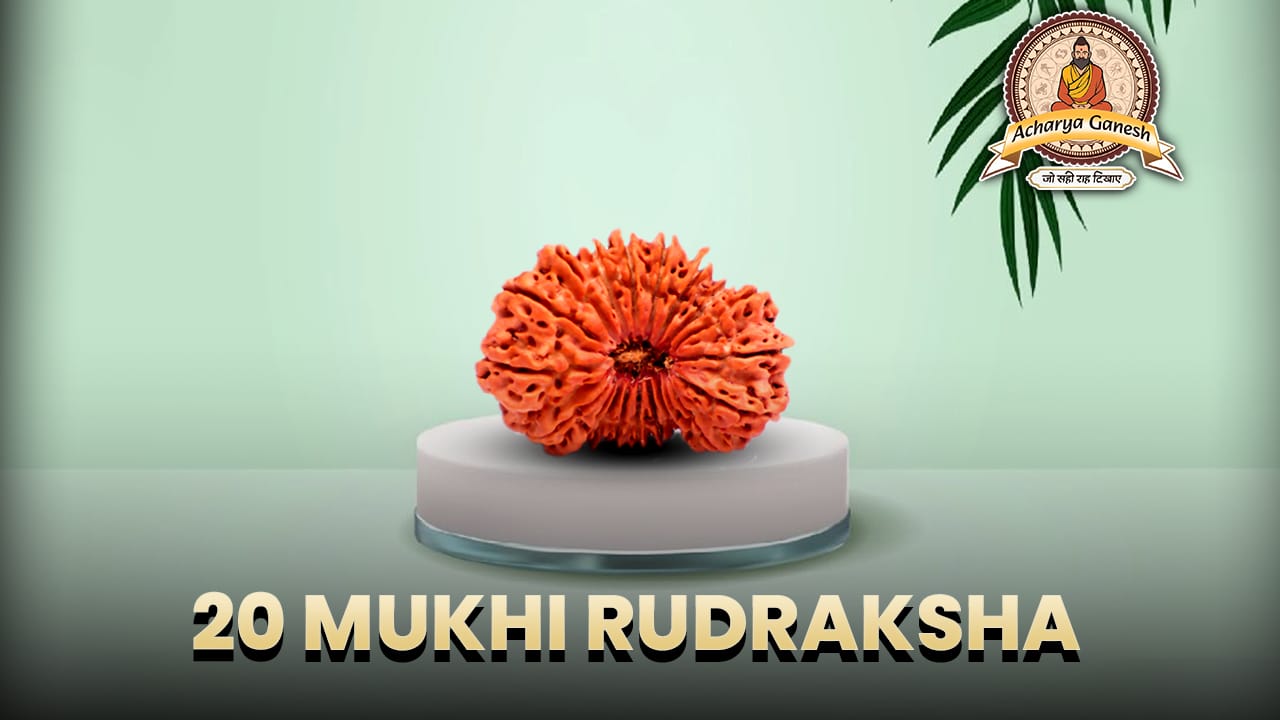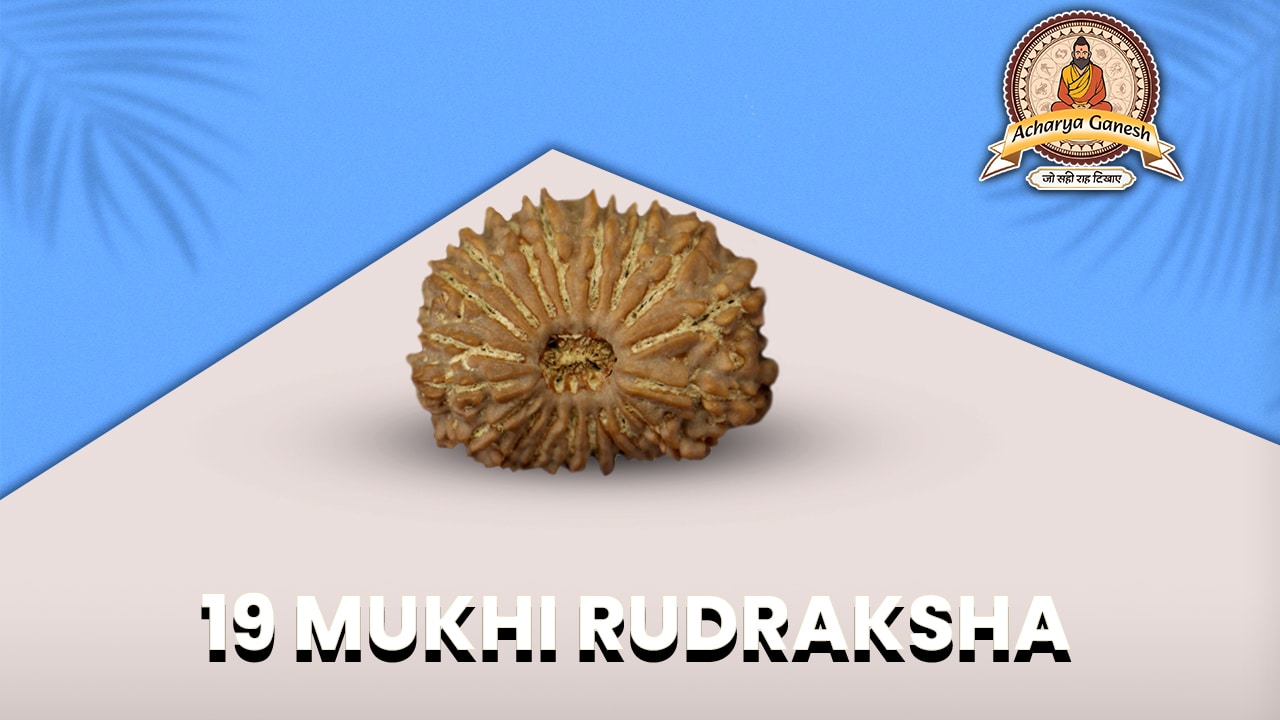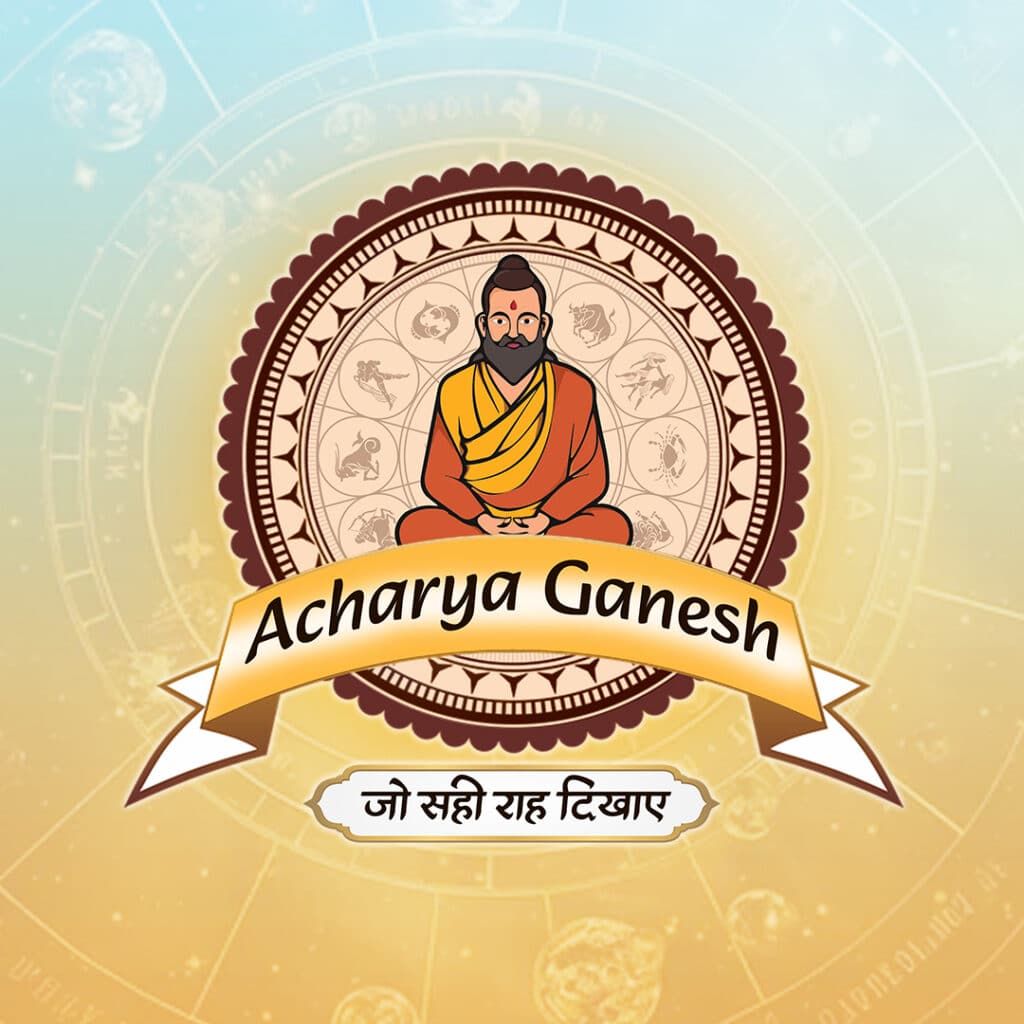Table of Contents
ToggleJagannath Rath Yatra:
Major Hindu celebration Ratha Yatra, dedicated to Lord Jagannath , takes place at Puri, India, in June or July. Every year, over a million pilgrims from all over the world, including India, come to participate in the renowned Puri Rath Yatra. The only day that devotees who are not permitted inside the temple can see the deities is on the Rath Yatra, also known as the Chariot Festival. This celebration represents inclusion and equality. The term “jagannath” refers to the Lord of the Universe, and it is believed that Lord Jagannath is a form of Lord Vishnu. During this event, the three deities—Lord Jagannath, his older brother Lord Balabhadra, and their sister Subhadra—who are worshiped within the temple are paraded through Puri’s streets for everyone to have a chance to view. Every year, the three gods travel to the Gundicha shrine, their aunt’s temple, which is located 3 kilometers from the Lord Jagannath Temple.
Rath Yatra time and dates for 2025
On the second day of the brilliant fortnight of the Hindu lunar month, Ashadha, which corresponds to late June or early July in the Gregorian solar calendar, the Ratha Yatra occurs. This day is known as “Ashadha Shukla Paksha Dwitiya” in ancient Hindu texts, which means that it is the second tithi (Dwitiya Tithi) of the Ashada month’s Shukla Paksha. In 2025, the Friday 27th of June will be the Rath Yatra celebration. The Dwitiya tithi starts on June 26 at 1:24 PM and finishes on June 27 at 11:19 AM.
Legend about Lord Jagannath’s Big Eyes
One of Lord Jagannath’s most recognisable and alluring traits is his large eyes, which have profound spiritual meaning. According to a well-known legend concerning Lord Jagannath’s large eyes, Mata Rohini once sat everyone down and told them about Shri Krishna’s adventures in Dwarka. Lord Jagannath advised his sister Subhadra to leave the crowd. Nevertheless, Subhadra stayed at the room’s gates, listening carefully to the conversations taking place inside rather than going anywhere. Krishna and Balaram also arrived and positioned themselves next to her upon noticing her. Their eyes grew big when they heard of Shri Krishna’s leela, and they merely stood there. Upon seeing this, Narada questioned the gods about how followers could see the three in such a manner. In response, Lord Krishna, Balaram, and Subhadra were made into idols that the followers might adore, revere, and worship.
The Ratha Yatra’s history
Ratha Yatra, which literally translates to “the festival of the chariots” (ratha), is the most well-known and eagerly awaited celebration of the year in Odisha. The Ratha Yatra of Jagannath has been performed by the people from the beginning of the eleventh century. The descriptions of the celebration can be found in the Brahma Purana, Padma Purana and Skanda Purana, which are Hindu sacred books. The people from the Buddhism and Hinduism communities of India and Bangladesh respect Jagannath or ‘the lord of the universe’.” Hindus regard Jagannath as an embodiment of Lord Vishnu.
Once a year, during the month of Ashadha, the idols of Jagannath, Balabhadra, and Subhadra are carried out of the shrine of the Jagannath temple and transported three kilometers to the Gundicha temple on three enormous chariots pulled by hundreds of people. It was common practice in the past for people to jump under the chariots’ wheels in an attempt to find redemption.
After a week of stay in the Gundicha Temple, the chariots are transported back to the Jagannath Temple via the Mausi Maa Temple, where the gods are formally offered poda pitha, a type of baked cake that is often reserved for the poorest people in society. Needless to say, the city of Puri comes to a halt during the Ratha Yatra and a week later on the return journey.
Although there are other Ratha Yatra celebrations in Bangladesh and other areas of India, Puri’s is still the biggest and oldest. Ratha Yatra festivities have been held in numerous places worldwide since the late 1960s.The fact that people of various faiths attend this Hindu celebration in order to receive Lord Jagannath’s blessings contributes to its popularity.
Three Chariots of Ratha Yatra:
This colorful festival has celebrations far before the actual day. The devotees get to work constructing the carts. Subsequently, the well-known Puri artists embellish these chariots with exquisite hues and patterns. Each of the three gods has a chariot created for them.
1. Lord Jagannath’s chariot is roughly 45 feet high and has about sixteen wheels. We refer to it as Nandighosa. Brightly coloured chariots adorned with religious motifs are a product of Puri’s artists and painters. The English word “juggernaut” derives its etymology from the chariot of Jagannath.
2. The chariot of Goddess Subhadra has twelve wheels and stands 44.6 feet tall. It is known as Devadalana.
3. The Lord Balabhadra chariot has 14 wheels and stands 45.6 feet tall. It is known as Taladhwaja.
Rituals of Rath Yatra Festival
Jagannath Rath Yatra procession is primarily a nine-day celebration with a variety of customs and ceremonies. All of the gods’ wooden idols are transported to the Gundicha temple during this procession, which is accompanied by singing, chanting, and conch shell sounds.
1. Snana Purnima : It is one of the many traditions connected to this celebration. It is customary to use about 109 buckets of water to bathe the idols of these three deities before the procession starts.
2. Anasara :According to legend, deities get feverish after such a complex ceremonial bath and decide not to visit the temple again. Thus, the public is not allowed to see deities. There are only three Anasara Pattis visible, attached to a bamboo screen. This Anasar Patti keeps the gods out of sight for the general population. These Anasara leaves serve as a powerful reminder of the aspects of traditional tribal practices. Anasara Pattis are garments dyed in natural hues and adorned with traditional Oriya paintings. Berries, fruits, leaves, and roots are offered to the deities during this time in an attempt to recover the deities’ health. The belief Anasara regards the preparation of any other offering as unlawful.
3. Nava Yauvana Vesha: That is why appearances of the gods occur fifteen days after Anasara. The gods are bejeweled beautifully and dressed in new clothes for this occasion.
4. Rath Yatra: After Nava Yauvana Vesha it is time for the Rath Yatra event. The followers of the Yatra pull the chariot of Lord Jagannath off the main street or the Bada Danda to the Gundicha Temple.
5. Chera Pahara. Early in the morning of the procession, the Odisha king or royal heir conducts the Chera Pahara rite of procession. Tied to this custom the King cleans the chariots with a broom with a golden handle and then decorates them with flowers. Along with cleaning the route the procession would follow, he also applied sandalwood dust to it.This ceremony represents the idea that all living things are equal in God’s eyes. The parade then starts when the King loads the gods from the temple into their chariots.The temple of Lord Jagannath is open to worshippers of all religions during this chariot festival; on other days, Hindus are the only ones permitted admittance. The gods spend nine days in Gundicha Temple after making their way there from Lord Jagannath Temple. They set off once more from the Gundicha temple on their way home after nine days. And the name of this homecoming parade is Bahuda Yatra.
6. Yatra of Bahuda: On the next day, the three gods enter and spend seven days at their aunt’s temple. The three deities return after a week-long stay, and the trip is known in Oriya as Bahuda Yatra or Bahuda Jatra. On the way back, Jagannath’s chariot makes a halt at the Ardha-sani Temple, also known as the Mausi Maa temple. Here, Lord takes his aunt’s PodaPitha, a favorite rice cake.
7. Suna Vesa : By evening, the yatra arrives at Jagannath Temple. The following morning, the gods put on fresh attire. This tradition is Suna Vesa. There is tremendous celebration and the hype when they are then brought back inside the temple.
The Jagannath Rath Yatra in Puri is one of the most spectacular events in India. Its sacred significance in Hindu culture makes it a big celebration.When the celebration comes to an end, the chariots are disassembled, and the wood from them is burnt in the temple kitchens, which are said to be the biggest in the world. They make 56 different dishes every day, feeding almost 200,000 people. The elephants are let to graze freely on the area under the management of the temple trustees until the next year’s procession.
For interesting astrology related videos, subscribe us on Youtube
FAQ’s about Jagannath Rath Yatra:
1. Why do we celebrate Jagannath Rath Yatra?
Ans- Jagannath Rath Yatra is celebrated to commemorate the annual journey of Lord Jagannath, his elder brother Lord Balabhadra, and their sister Subhadra from the Jagannath Temple to the Gundicha Temple, which is considered their maternal aunt’s home. This trip symbolizes Lord Jagannath’s preference to be among his devotees and represents equality and inclusion, permitting all of us, regardless of caste or creed, to peer and worship the deities.
2. What happens in Jagannath Rath Yatra?
Ans- The festival of Rath Yatra involves the idols of Lord Jagannath, Lord Balabhadra and Goddess Subhadra, seated in three magnificent attaching chariots. During this festival, chariots are drawn by the devotees and are moved on the roads of Puri till the Gundicha Temple which is approximately between 3 KMs. This procession is usually followed by music, chanting, dancing and rituals. The deities spend nine days in the Gundicha Temple and then are brought back to the Jagannath Temple in another procession called Bahuda Yatra.
3. Which god is Jagannath?
Ans- Lord Jagannath is the incarnation of Lord Vishnu, who is one of the primary gods in Hindus. Jagannath is respected and worshiped especially in the state of Odisha, where the famous festival of Rath Yatra is celebrated in his honor; the name Jagannath exactly translates to ‘Lord of the Universe’.
4. What is the name of 3 Ratha?
Ans- The three chariots used in the Rath Yatra are named as follows:The three chariots used in the Rath Yatra are named as follows:
- Nandighosa: Is the chariot of Lord Jagannath about 45 feet high, with fourteen wheels constructed of wood.
- Taladhwaja – Chariot of Lord Balabhadra, measuring nearly 45. 6 feet high consisting of fourteen wheels.
- Darpadalana or Devadalana – The chariot of Goddess Subhadra, is about 44. with a height of 6 feet and 12 Wheels.
5. Why does Jagannath have big eyes?
Ans- Among the various aspects of Lord Jagannath’s appearance, big eyes are also an interesting element which can be regarded in several ways from the spiritual point of view. The big eyes are said to indicate that he is always observing and his range of vision encompasses the entire universe. The actual story narrated for him having big eyes indicates that he had grown bigger eyes in surprise upon listening to the divine stories of Shri Krishna’s life in Dwarka. Hence, the big eyes represent the aspect of the deity that knows everything and at the same time loves and has compassion on his followers.
For interesting reels, follow us on Instagram
Services: Astro Vastu | Astrology | Match Making | Career Prediction | Vastu
Astrology Courses: Astrology Foundation Course | Lal Kitab Advanced Course | Workshop on Vastu | Nakshatra Simplified Course








